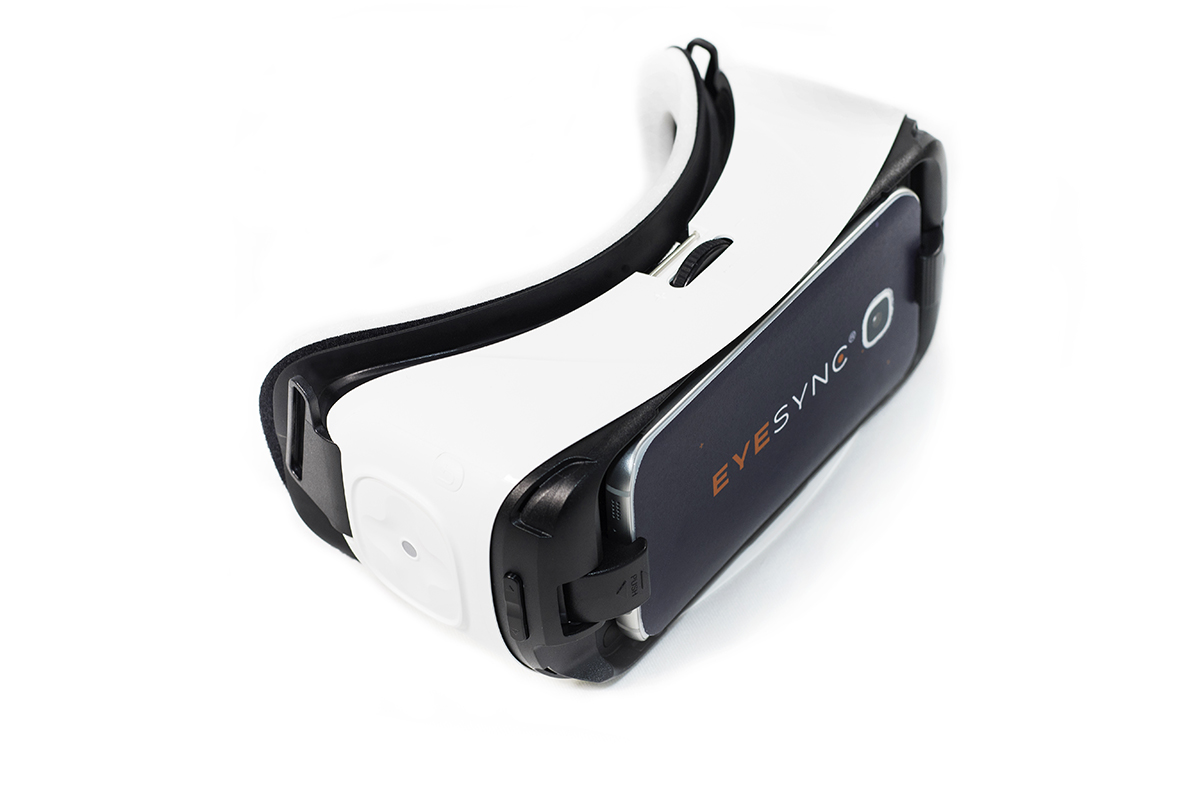This Local Company Wants to Revolutionize Concussion Diagnosis

Eye-Sync/Photo provided
A locally developed technology could help diagnose concussions in the blink of an eye.
Boston-based SyncThink, which just won the $100,000 prize in MassChallenge’s inaugural Pulse healthcare competition, is behind Eye-Sync, a portable device that uses eye tracking to assess concussion symptoms at the point of injury. The system is meant to arm athletic teams and healthcare providers with objective measurements in only 60 seconds, taking the guesswork out of what can be a highly complicated and nuanced diagnostic process. The latest version of Eye-Sync, which is cloud-connected and includes its own analytics platform, dropped Monday.
“A lot of people are being put in a position where they need to make an assessment on head injuries, and they don’t have the training and expertise to do that,” explains Chief Technology Officer Dan Beeler. “Having objective tools, objective measures, and a mobile platform that connects individuals with expert opinion, we think that’s going to really help the situation.”
Attention deficits are one of the hallmark signs of a concussion, and vision and attention share similar brain pathways. Eye-Sync works by tracking an individual’s eye movements and comparing them to typical ocular patterns, raising red flags when it picks up on vision disturbances or irregular eye motions. The tool can be used at the point of injury for rapid assessment—helping teams decide whether players need to come off the field, for example—or to track progress during the recovery period.
The technology is based on the research of neurosurgeon Jamshid Ghajar, who is the director of Stanford’s Concussion and Brain Performance Center, and was developed over a decade of collaboration with the United States military. It’s currently used by Stanford’s football team, Massachusetts General Hospital, the military, and a number of other partners. A long-term efficacy study is expected to come out at the end of the year.
“This technology is one of a series of novel sensory-based tools,” explains Ross Zafonte, chief of physical medicine and rehabilitation at partner Mass General. “Such tools may contribute to the diagnosis and follow-up of those with concussion. Diagnosing concussion is crucial, and technologies like this could be helpful in navigating through that process.”


